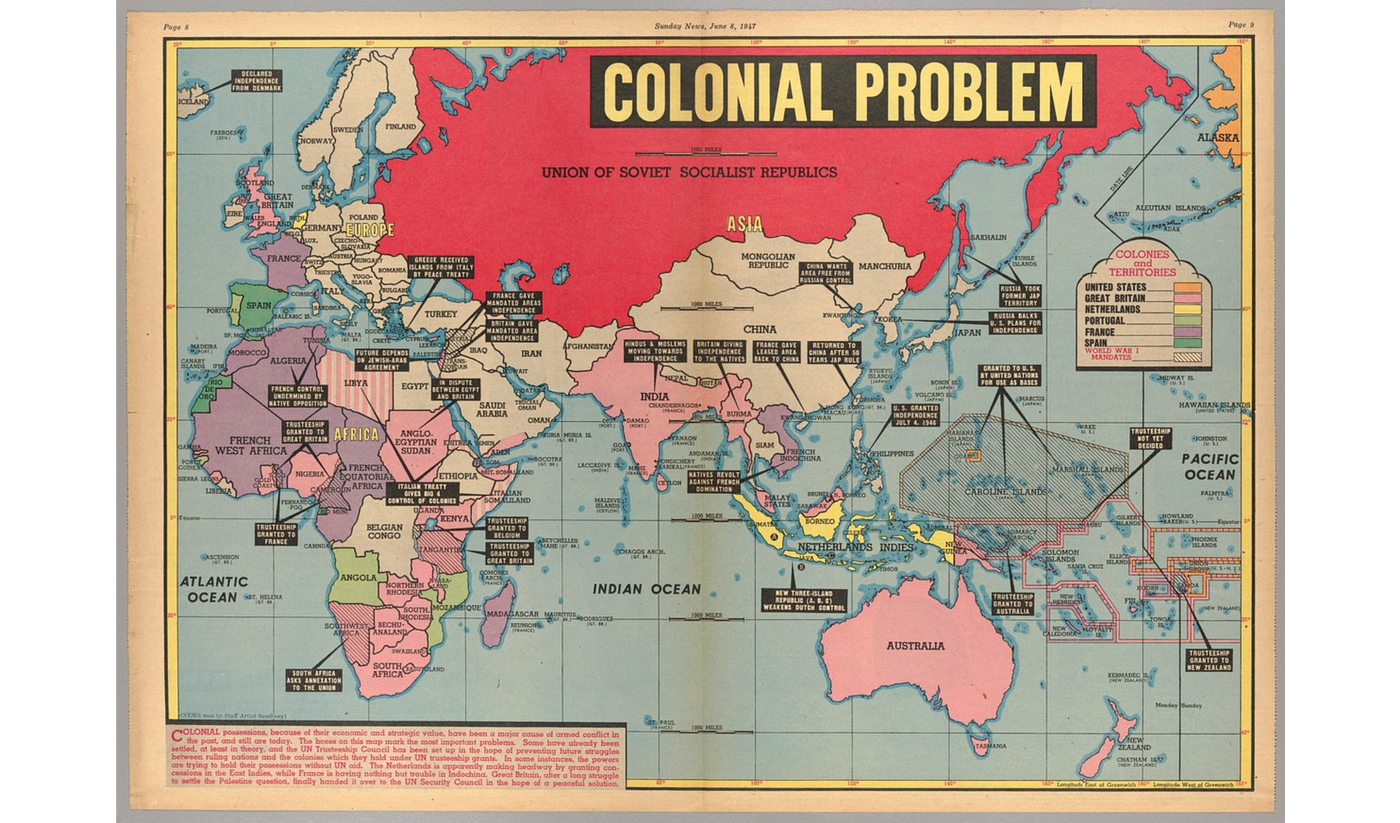By: Abdou Darboe – The Preacher
University of The Gambia

The greatest fear in the world is neither the fear of public speaking nor the fear of marriage. In lieu, it is the fear of writing. People often get goosebumps whenever the idea of writing comes into their mind. They would hesitate, procrastinate, or dilly-dally until their conceived idea is forgotten. This is sure because most of the people who won’t write out of fear of being ridiculed or criticized have yet to understand what writing is all about. The fact is, writing is like any other skill. Thus, it takes a lot of practice and patience to become good at it. According to E.L Doctorow, he said, “Writing is an exploration. You start from nothing and learn as you go.” So, writing is a process of writing, thinking, rewriting and always improving. In a nutshell, writing is not a product; it is a process and anything that is a process is done in stages. There are four stages of the writing process namely: pre-writing, writing the first draft, revising, and editing.
The first stage of the writing process is pre-writing. This is also known as the planning stage. Like any other thing, planning is a sine qua non of good writing. Planning gives us an insight into what we are to write and prepares us mentally and psychologically to undertake the Herculean task at hand. It provides us with ideas of what to write about and how to go about it. It is in the planning stage where we undergo the processes of choosing and limiting a subject and brainstorming for ideas through any of the three brainstorming techniques of free writing, clustering, and listing. Thereafter, organize them in either topic or sentence outlines.
The second stage of the writing process is writing the first draft. This is done by referring back to your topic or sentence outline by departmentalizing them into suitable paragraphs. In doing so, you must not forget to heed the advice of Jan Greenberg, who says “Don’t worry about writing the perfect sentence or you’ll never get past the first line.” Hence, you have to write every nonsense that comes to your mind. Don’t worry about the spelling or grammatical solecisms. Just write by writing, continue by continuing, and finish by finishing.
The third stage of the writing process is the revising stage. The word revised is a derivative of the Latin word, revisere, which means “visit again or look at again.” At this juncture, all we have to do is read painstakingly through our drafted work to check for style, the choice of words (diction), spelling, and grammatical errors. Also, it is at this stage that we look at whether our sentences are being departmentalized into paragraphs with appropriate transitional devices.
The fourth stage of the writing process is editing. Here is where the work is well polished for public consumption. At this stage, our job is to cut the t’s and dot the i’s. Again, as variety is the spice of life, we have to spice up our work by varying the beginning and the length of our sentences by bridging them together with transitional devices to make our paragraphs coherent. When our paragraphs are connected to facilitate an easy transition from one block of thought to another, we edit by canceling all the sentences that stray off the paragraph to attain unity. More so, we correct the spelling and grammatical errors before publishing.
In conclusion, the maxim, “ writing is a process and not a product,” epitomizes the intriguing and multifaceted nature of the art. Thus, to create a spotless piece of work, one must thoroughly plan, draft, revise, and edit for what is written without effort is in general read without pleasure as posited by Samuel Johnson.




